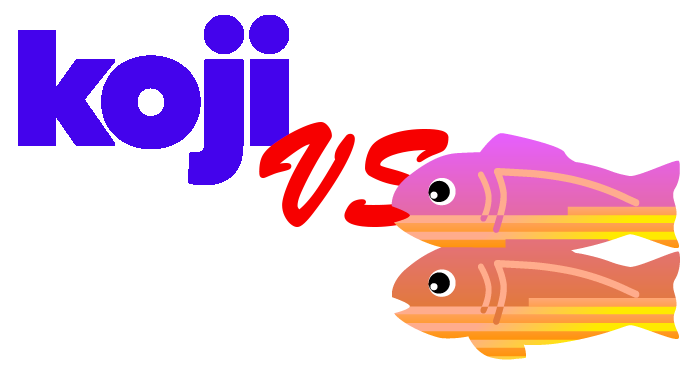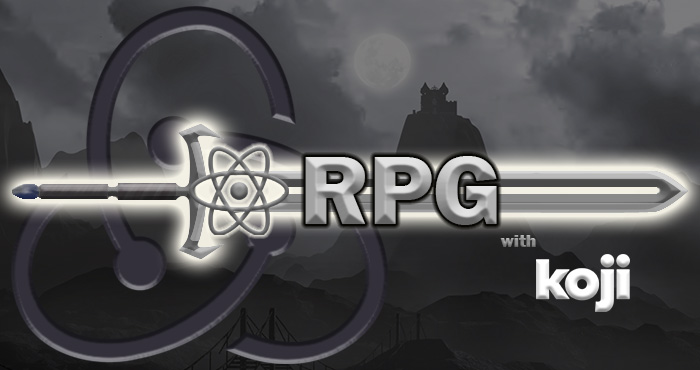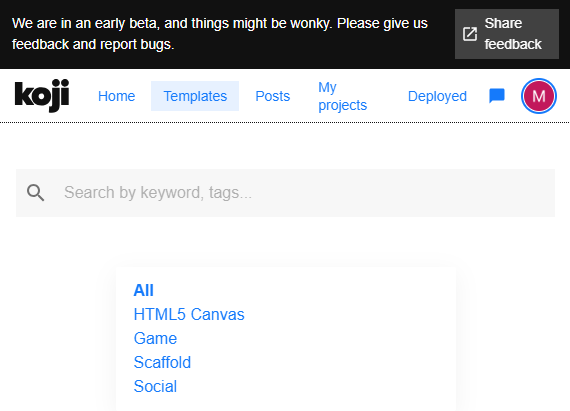| Improved Acupuncture Outcomes | Machine Learning Based Diagnostics |
In the modern study of Traditional Chinese Medicine (TCM) there is arguably more to learn than ever before, with new treatment methodologies, modern medical discoveries, mountains of research piling up. What if we could take all this new and old knowledge, memorize it, and determine the best diagnosis and treatment approaches based on not just what we have learned and are going to learn, but based on all of the cases and knowledge in existence?
TCM models give a macroscopic view of how the organ systems play with each other and looks for the disharmony. It’s a genius way of diagnosing and treatment, because it fits inside your head. Diagnosis in TCM even correlate to labs and Western diagnosis, which generally has a microscopic view and contains too much data to fit inside your head. We take courses in Clinical Science, Anatomy and Physiology, and courses that correlated Zang Fu diagnosis (the diagnosis of the substantive and hollow organs) with Western medically diagnosed diseases.
Courses like Functional Evidence Informed Practice and Research Design and Statistics are taught to help us make informed decisions that maximize the effectiveness of our diagnosis and treatments. We have to consider the Merck Manual, the Zang Fu model, the Five Element model, correlations with pulse qualities, tongue diagnosis, structural integrity, history, signs and symptoms, and other data. The more data we have, the more we can narrow down our diagnosis, refer patients, and whatever we have to do to deliver the best possible outcome for our patients.
We have so much to consider, because we treat such a wide range of conditions, and for some it feels lonely out there with little support. Acupuncture and Herbology are, as far as I’m aware at the time of this writing, taught at private schools. And the community is strong and supportive within our segregated profession. We are working hard with all this data, and reaching new paradigms in the modern age. But there is more help, with modern computing technology, that can speed up the process of integrating into the American medical infrastructure.
Chinese Universities have been using Computer Science and Engineering to gather and analyze huge amounts of medical data that can be used to determine probabilities of outcome for specific treatment methodologies. Here are a couple of studies that come out of China that use computer engineering and applied mathematics in the form of machine learning algorithms to gather data.
Struggling with pulse reading? Here is a clever way to use machines to read and analyze pulse data. Here is another study of the application of machine learning on TCM, using the same neural network algorithms applied to the pulse, and additional algorithms applied to other patient data. Note: these studies are a little over anyone’s head that doesn’t have an AI/machine learning background.
What this means, is if we gather our anonymous patient data electronically in a cloud based system, we can apply machine learning algorithms to it to make correlations. Using integrative medicine, we can include labs and other objective data, like reading the pulse with a neural network and image recognition of tongue areas.
Artificial Neural Networks can find patterns in photographs of tongues, group them together, and look at all of the other medical data related to the particular patient’s tongue, and find correlations that can offer a clear picture of diagnostic probabilities and can go a step further and give us the best treatment methods that give patients the best outcomes with confidence.
Could this mean sterilizing the practice to using only specific evidence based treatment protocols? Maybe it will show that there many different treatment strategies that yield equal results. Maybe it shows us variables we usually don’t consider in diagnosis are valuable to assess. Who knows? What is great about machine learning, is it can find patterns in data that we may never consider.
Even the process of mining and analyzing medical data is being analyzed and refined to give the best results. We should make a strong consideration for incorporating a system of gathering patient data in electronic form that also allows us to gain valuable insights from the data we gather from our patients in an objective and way. This data gives us the ability to test hypothesis without the hassle of recruiting and setting up for a small study, and lets us aim the hypothesis of research studies more accurately.
There is much more to consider, and this article is simply an introduction to the possibilities of applying machine learning to our medicine, and an opportunity to change our habits in how we gather patient information and chart patient information in a way that is more valuable to our profession.



